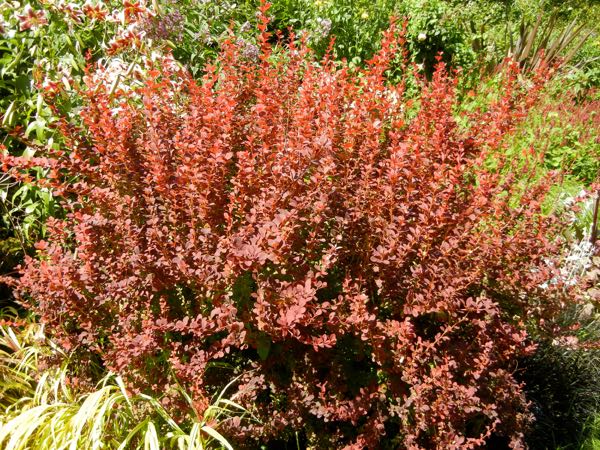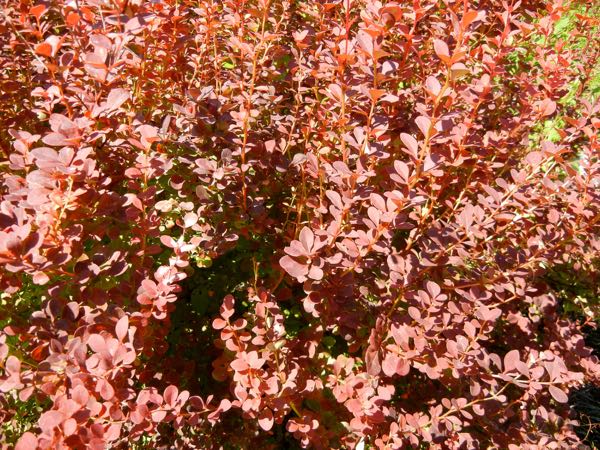Berberis thunbergii: A Colorful and Resilient Barberry Shrub
Berberis thunbergii, a member of the Berberidaceae family, is a spiny deciduous shrub native to Japan and Eastern Asia. This versatile plant is known by various common names, including Japanese Barberry, Red Barberry, Purple Japanese Barberry, Red Leaf Japanese Barberry, or Thunberg’s Barberry. The genus name “Berberis” originates from the Arabic word for the fruit, while the specific epithet “thunbergii” pays homage to Carl Peter Thunberg, a renowned Swedish botanist who first discovered the plant in Japan in 1784.
Family: Berberidaceae Berberis thunbergii finds its place within the Berberidaceae family, commonly referred to as the Barberry family. This family comprises a diverse group of flowering plants characterized by their often spiny stems and attractive flowers and fruits. Other notable members of the Berberidaceae family include Mahonia, Jeffersonia, and Epimedium.
Berberis thunbergii is a compact deciduous shrub that typically reaches a height of about 3 feet or 1 meter. Its branches are grooved and display a deep brown coloration. The foliage of this species is initially green and transitions to stunning shades of red during the autumn months, adding a vibrant touch to the landscape. The leaves are oval-shaped and grow in clusters along the branches. In spring, Berberis thunbergii produces small pale yellow flowers that add delicate beauty to the shrub. These flowers give way to bright red fruits in autumn, which are edible and contain a single seed.

Cultivation of Berberis thunbergii:
Light Requirements: Berberis thunbergii thrives in full sun but can tolerate partial shade, making it adaptable to various garden conditions.
Soil Conditions: Plant this shrub in average, dry to somewhat moist, and well-drained soil for optimal growth. Berberis thunbergii is known for its ability to tolerate a range of soil types and is even tolerant of urban environments.
Wildlife Attraction: Berberis thunbergii serves as an attractive food source for birds due to its vibrant red fruits. The berries are consumed by birds, who then help disperse the plant’s seeds.
Invasiveness Concerns: It is important to note that Berberis thunbergii has become invasive in some regions of the United States. Care should be taken to prevent its spread beyond desired cultivation areas.
Deer Resistance and Pest/Disease Considerations: Berberis thunbergii is known for its resistance to deer browsing, making it a suitable choice for gardens where deer are a concern. Additionally, this shrub is generally disease-free and pest-free. However, occasional issues such as leaf spots, root rots, aphids, Barberry webworms, and scale insects may occur and should be monitored and addressed promptly.
Propagation: Berberis thunbergii can be propagated through semi-hardwood cuttings, allowing gardeners to expand their collection or share the plant with others.

With its colorful foliage, attractive flowers, and edible fruits, Berberis thunbergii adds both aesthetic value and wildlife interest to gardens. Its adaptability to various soil conditions, resistance to deer, and relative freedom from pests and diseases make it a popular choice for landscaping projects. However, due to its invasive tendencies in certain regions, it is crucial to exercise caution and prevent its spread beyond desired boundaries.



